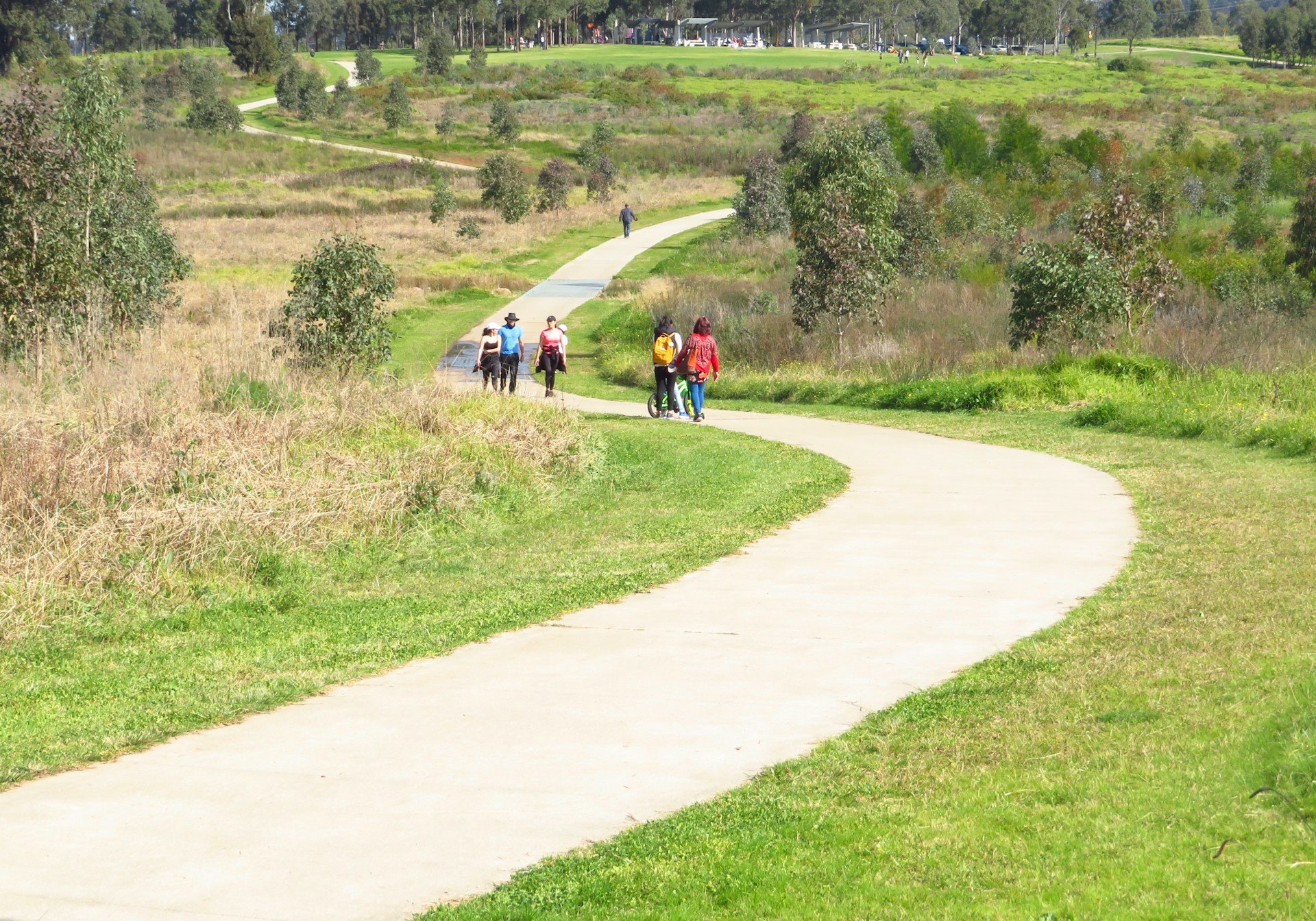Open spaces, such as parks, green belts, and protected natural areas, significantly influence the value of residential and commercial properties. Numerous studies and reports have highlighted the positive correlation between proximity to open spaces and property values.
We’ll explore how open spaces impact property values, backed by research and examples from various sources.
Proximity to Open Spaces Increases Property Values
One key factor influencing residential property values is proximity to open spaces. Research by organizations like the Chester County Planning Commission in Pennsylvania has shown that homes near open spaces often experience higher property values.
The commission found that the average housing unit located within ¼ mile of protected open space increased in value by $13,119. Those homes within ½ mile of protected space saw an $11,379 average increase in value.
One reason for the increase was the neighborhood appeal. The proximity to parks, trails, and natural reserves attracted homebuyers who value access to recreational activities, scenic views, and environmental benefits. Another example is a study conducted in Berks County, Pennsylvania which highlights the positive impact of open spaces on property values.
Homes located near parks or green spaces were found to have higher resale values compared to those further away. This trend can be observed in many other regions, where open spaces are valued by residents and contribute to a location's overall desirability.
Environmental Benefits Increase Home Values
Open spaces also provide environmental benefits that can indirectly influence property values. There are several ways that open green spaces can offer ecological benefits to residents and land planners alike. They include:
- help mitigate urban heat island effects
- improve air quality
- support biodiversity
These environmental factors contribute to a healthier and more pleasant living environment, which can increase the attractiveness of residential properties in nearby areas. For instance, a neighborhood with well-maintained parks and natural reserves is likely to be perceived as a desirable place to live. This leads to higher demand for properties and, consequently, higher property values.
Homebuyers often prioritize factors like access to green spaces and a connection to nature when making purchasing decisions, further emphasizing the importance of open spaces in the real estate market. A conservation easement is a tool for permanently conserving private lands.
It's desirable when open spaces are adjacent to homes or commercial properties. Conservation easements on open spaces within 400 to 1,600 meters of a house are viewed more positively than those without easements.
Quality of Life and Amenities
The presence of open spaces enhances the overall quality of life for residents. Access to parks, trails, and recreational areas encourages outdoor activities, promotes physical and mental well-being, and fosters a sense of community.
These intangible benefits contribute to the perceived value of residential properties in proximity to open spaces.
Consider a neighborhood that offers walking trails, playgrounds, and picnic areas within a short distance. Such amenities add convenience for residents and create a desirable living environment that can positively influence property values.
Homebuyers are often willing to pay a premium for homes that offer access to various recreational and lifestyle amenities provided by nearby open spaces.
Economic Impact on Community
Beyond the intrinsic value they provide and impact on property values, open spaces, including parks, also have a direct economic impact on the community.
Municipalities with well-planned open space strategies can benefit from increased property tax revenues. As property values rise in areas with access to open spaces, local governments can leverage this growth. Some areas that benefit consist of:
- public services
- infrastructure improvements
- community development initiatives
For example, the Recreation and Park Commission for the Parish of East Baton Rouge (BREC) manages over 6,500 acres of land. Homeowners within 500 feet of a BREC park saw an accumulative $20 million increase in property values. This resulted in property tax revenues increasing to over $1.5 million, which allowed for more investment in the community.
Research indicates that properties near protected open spaces or natural reserves often experience higher appreciation rates over time. This appreciation is driven by factors such as limited development in protected areas, which preserves the natural landscape and enhances the exclusivity of nearby properties.
Conclusion
Open spaces significantly impact residential property values, influencing both market demand and the perceived desirability of neighborhoods.
Proximity to parks, environmental benefits, quality of life enhancements, and economic factors contribute to the positive relationship between open spaces and property values.
As communities recognize the value of preserving and enhancing open spaces, they can leverage these assets to create sustainable and thriving residential environments for current and future generations.
We are a trusted partner for landowners to integrate conservation into their long-term strategy
Learn More






